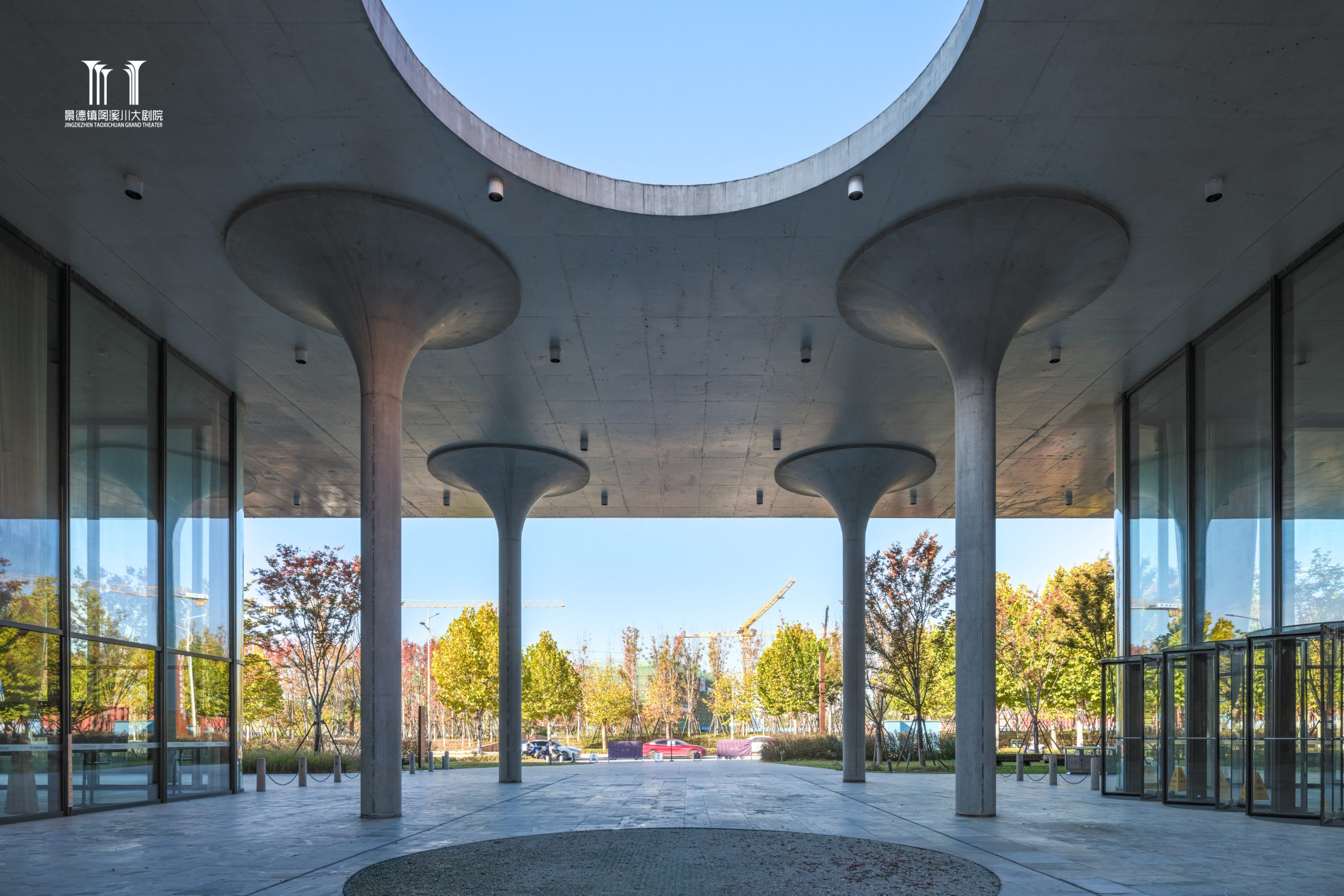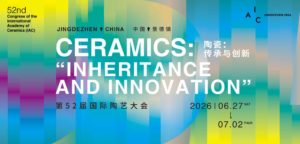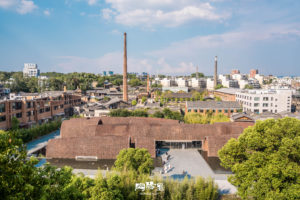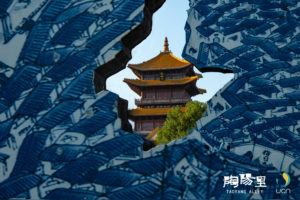大会主题
 Taoxichuan Grand Theatre. |
|
“传承与创新” |
|
|
“形而上者谓之道,形而下者谓之器。” 中国陶瓷历经千年,正是通过 “传承” 与 “创新” 的融合,成为 “道” 与 “器” 共生的典范。2026 年,国际陶艺大会将首次在全球公认的 “瓷都”—— 景德镇举办。这一选择具有深刻象征意义:景德镇既承载着千年陶瓷文脉,又始终怀揣创新之志,如同连接过去与未来的不竭动力,完美诠释 “传承与创新” 的主题。真正的传承,在于历久弥新。传承看似以 “重复” 为核心 —— 重复孕育精湛,但当重复失去最初的生命力,便会陷入乏味。因此,能够延续的传承,既要以 “重复” 为根基,让核心价值得以彰显,又要接纳变革,以满足人类的根本需求。人类本身兼具 “永恒性” 与 “变革性”,而陶瓷艺术的实践,正是在这种看似矛盾的特质中汲取养分。 |
国际陶艺大会主题的设定,需兼顾本土特色与全球视野,2026 年景德镇大会亦不例外。主办方提出并经国际陶艺学会认可的这一主题具有广泛包容性,可延伸出多个探讨维度。考虑到大会时间有限,最终确定四大核心议题,并将在大会期间深入研讨:
我们希望以一种富有诗意的视角为陶瓷领域贡献力量,这一视角可概括为:“扎根大地,振翅高飞”(roots and wings)。 |
 |
|
|
一、历史视野:活态的文化遗产从新石器时代的陶器,到宋代蕴含哲思的青瓷,再到传奇的青花瓷,中国陶瓷既是艺术、是科学,也是文明的语言象征。景德镇作为这段历史的核心发源地,孕育了独特的陶瓷美学:莹白、精巧、清脆、璀璨。其复杂的制瓷体系(如一件瓷器需经 72 道工序完成),正是 “传承” 与 “创新” 共生的生动体现。本议题将探讨这一千年遗产在当代中国及全球范围内如何焕发新生。中国陶瓷不仅是一国瑰宝,更是全人类的共同财富,其蕴含的智慧亟待被重新发掘与传承。 二、全球对话与在地实践数个世纪以来,景德镇瓷器通过丝绸之路远销海外,深刻影响了欧洲与亚洲的生活方式。这种交流并非单向:用于制瓷的钴料源自中东,而西方盛行的 “中国风”(chinoiserie)潮流,正是知识动态流通的有力证明。如今,景德镇的全球使命仍在延续:这里已成为国际艺术家交流的枢纽,各国艺术家在此探讨当代陶瓷的发展方向。本议题将聚焦建筑、设计等领域,探索不同技术、灵感与文化背景的交融点。此外,还将探讨艺术家驻留项目对陶瓷领域的贡献 —— 这些项目为跨文化协作与创新实验提供了空间,以克洛德・列维 – 斯特劳斯(Claude Lévi-Strauss)的思想为指引,将 “多样性” 视为财富的源泉。 三、可持续发展与生态责任:迈向负责任的未来?面对全球紧迫的生态挑战,本议题将首先探讨传统材料在当代实践中的创新应用,以及设计领域的可持续实践路径。同时,青年力量与教育机构的责任也将纳入讨论范畴:我们将分析全球陶瓷教育的发展趋势、产业与高等教育及科研的融合模式,以及青年创造力培养与创业孵化等议题。 |
四、未来展望:工艺、技术与科学的交融 —— 手工、机器与人工智能的角色工具本身即是一种语言。陶瓷的未来,离不开对 “价值” 的探讨 —— 无论是植根于传统工艺的价值,还是由技术创新催生的价值。艺术家的双手蕴含温度与直觉,这一点无可替代;但新兴技术 —— 如 3D 打印、计算机数控(CNC)、人工智能(AI)等(人工智能与机器人正逐步替代人类智力与劳动力,推动社会向纯数字文明迈进)—— 正不断拓展陶瓷艺术的可能性边界。本议题将聚焦这些领域的交叉点:如何在探索新工具的同时,保留艺术的精神内核与物质属性?除技术层面外,陶瓷创作的本质身份也面临挑战。在中国,陶瓷领域正经历从 “中国制造” 到 “中国创造” 的转型,在立足本土文化的同时,确立全球影响力。凭借深厚的历史积淀,中国有望在重塑国际陶瓷格局中发挥引领作用 —— 无论是传承传统工艺价值、将人工智能工具融入创作,还是推动生产方式的产业变革、探索陶瓷领域的新型传播模式。 结语:陶瓷 —— 自文明之初便生生不息的艺术形式!让我们以陶土为语言,以火焰为乐章。在喧嚣的世界中,让我们携手发声,开启全球陶瓷艺术的新篇章 —— 以交流为基、以多样性为翼,重视个体与集体创作,不忘对未来的责任。每一座燃烧的窑火,不正是在点燃一个 “重塑世界” 的可能吗?2026 年,在景德镇的灯火之下,国际陶艺大会将既是对过去的致敬,也是对未来的邀约。无论您是艺术家、工匠、研究者、设计师,还是陶瓷爱好者,这场盛会都将为您提供契机,与全球同仁共同思考陶瓷在当代世界的价值与意义。 |
关于
第52届IAC国际陶艺大会将于2026年6月27日至7月2日在中国的景德镇举行。
(read more...)大会日程
本届大会将推出为期六天的丰富议程,聚焦陶瓷艺术,探索景德镇的独特魅力。
(read more...)注册费用及条款
2026年IAC国际陶艺大会注册通道现已开放注册!
(read more...)


